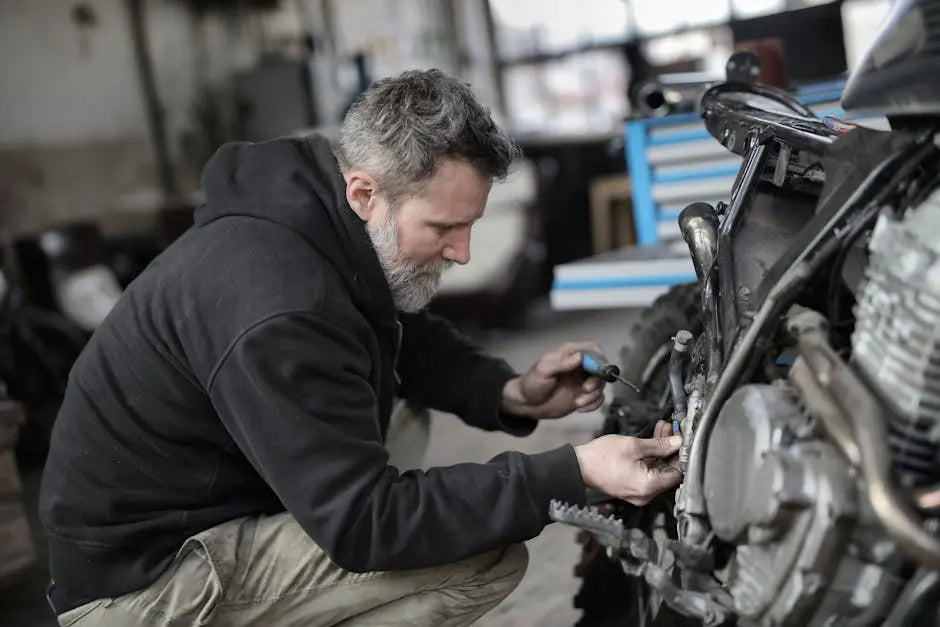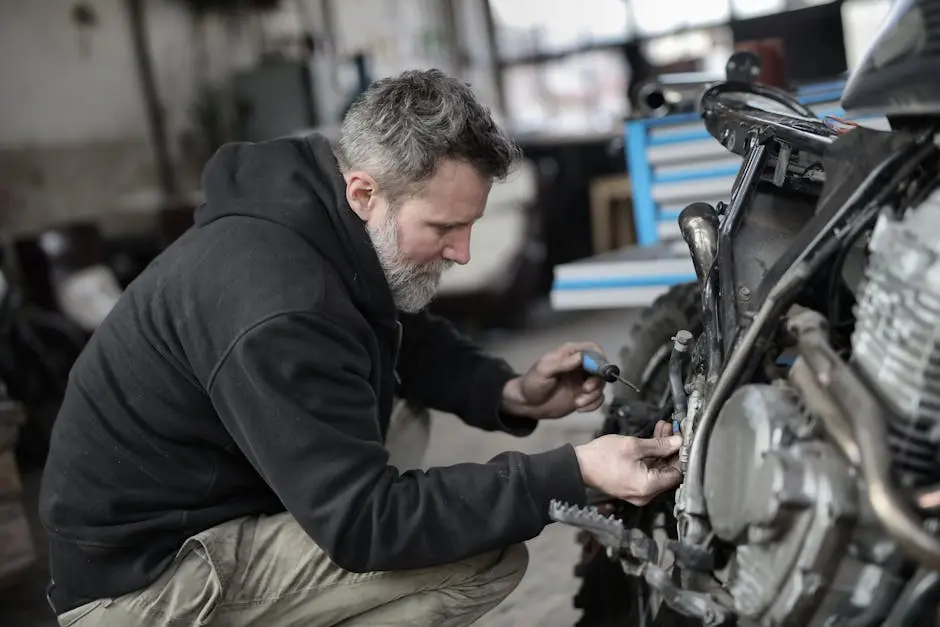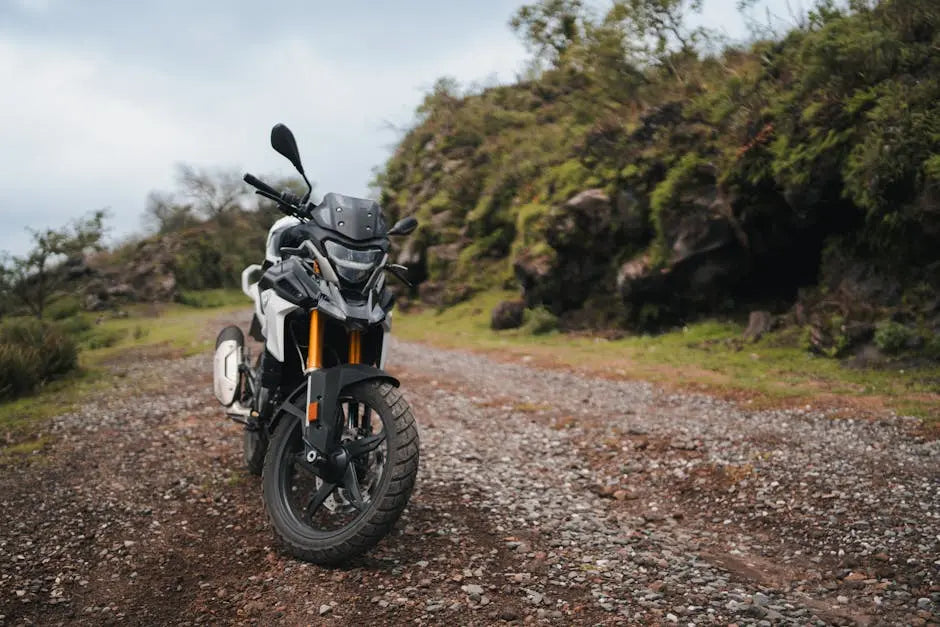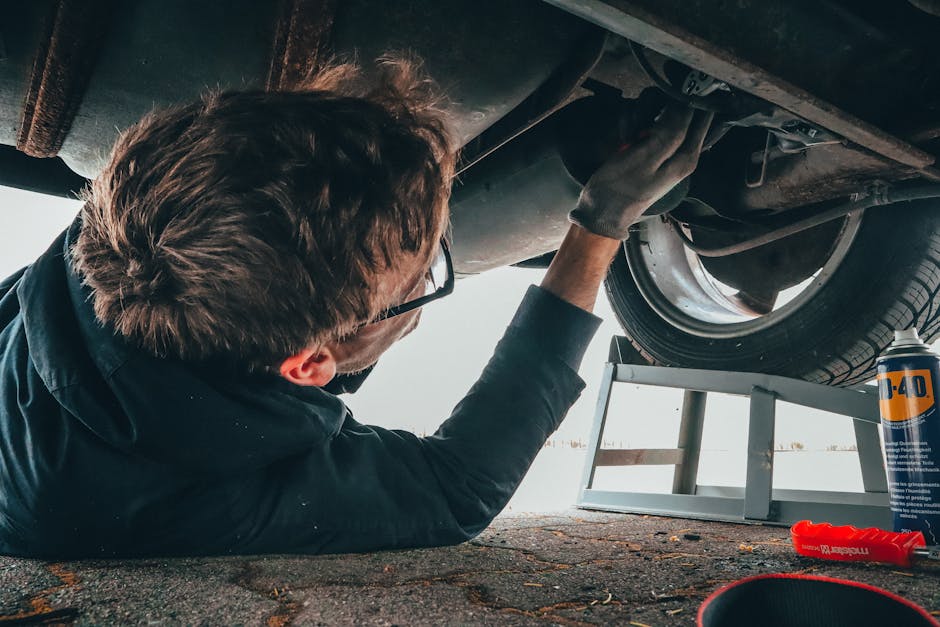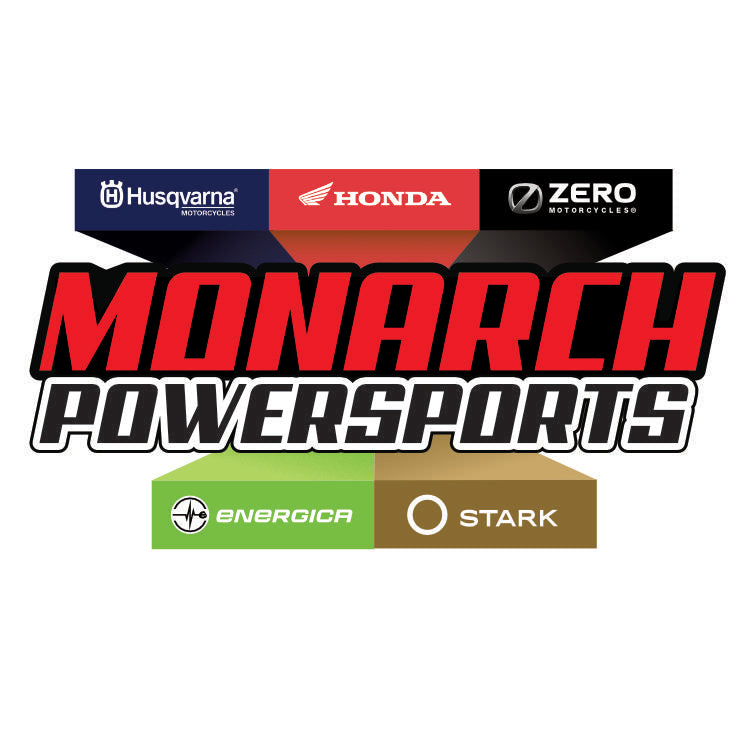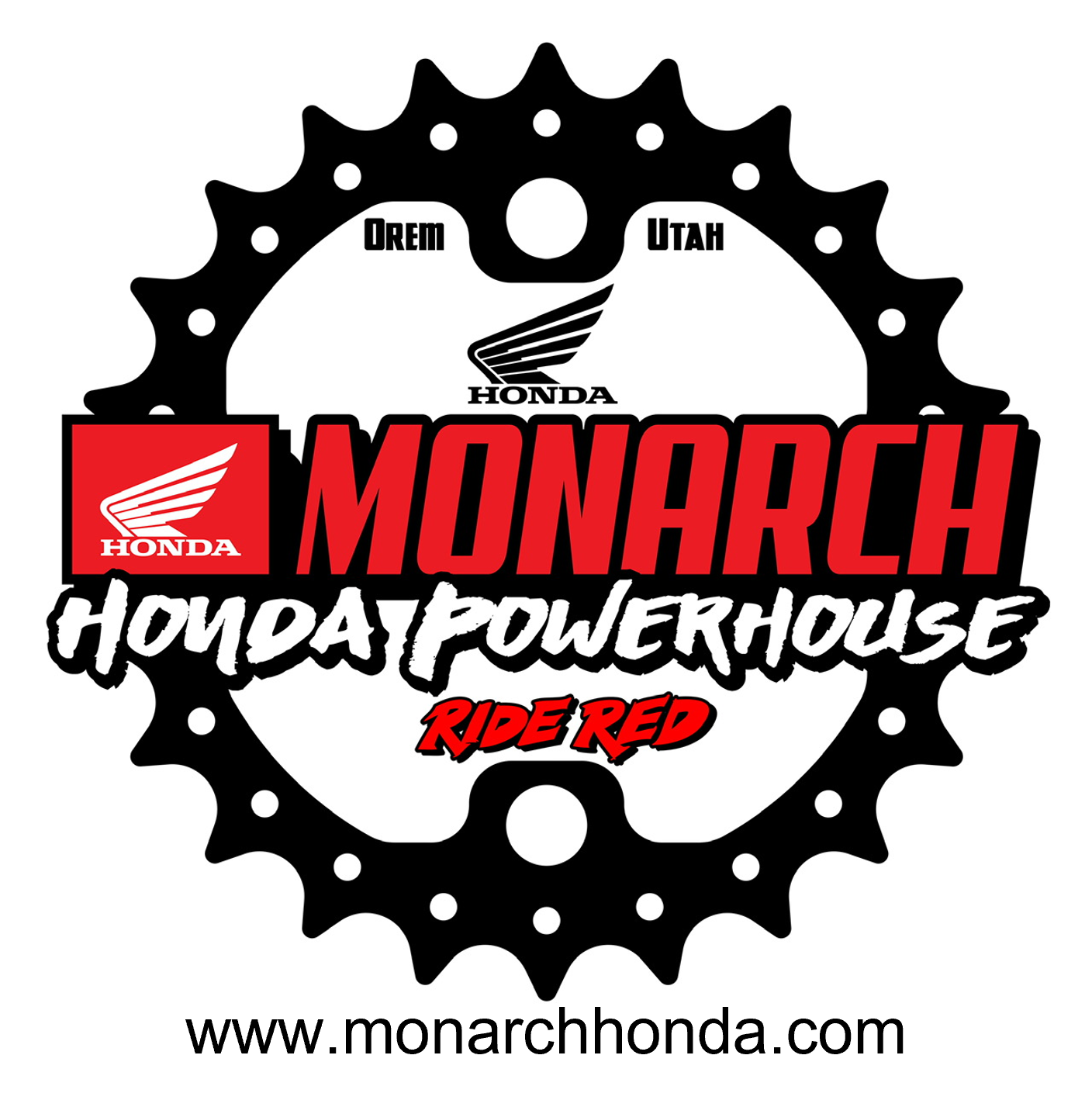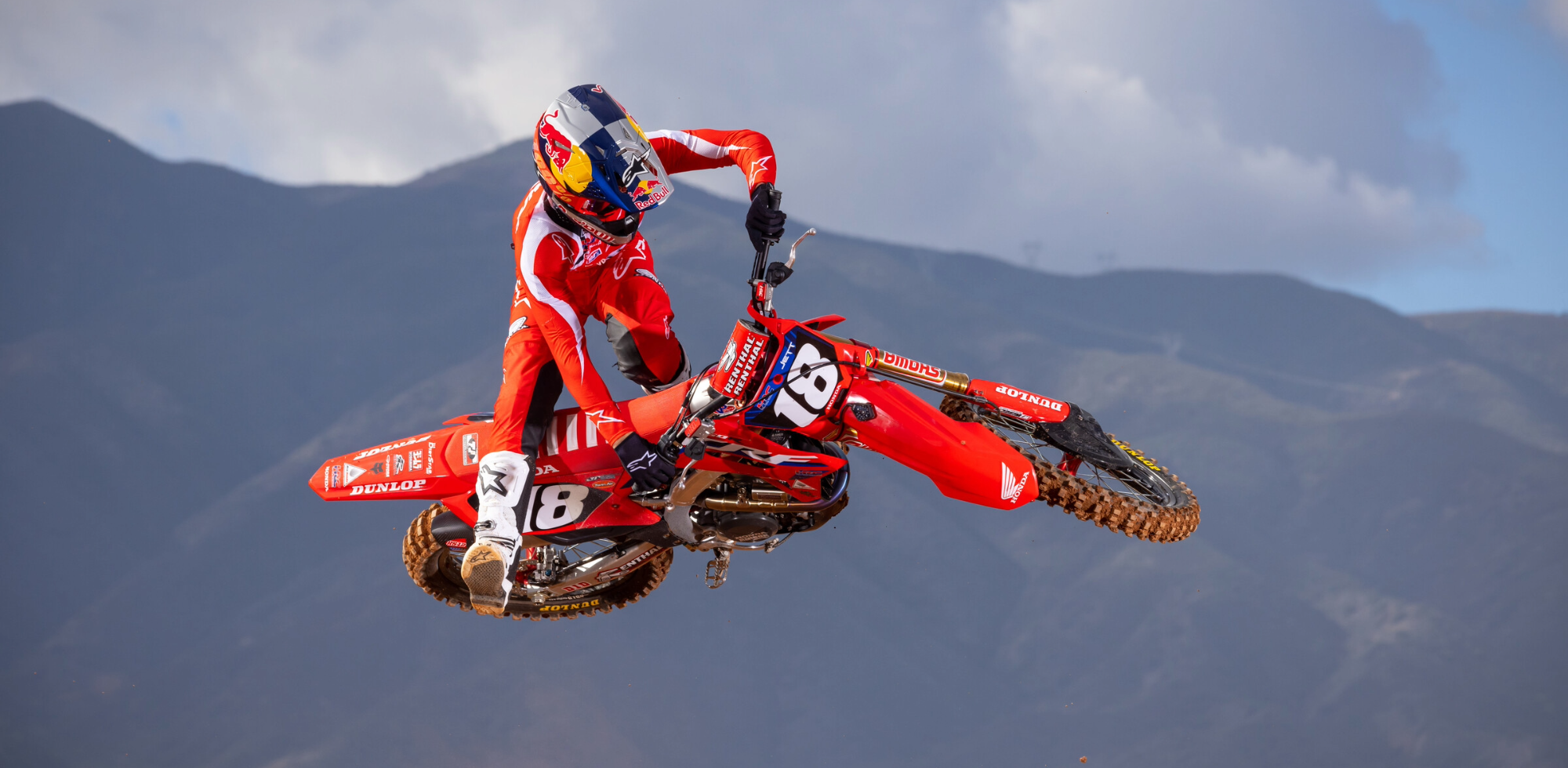1. The Basics: Getting to Know Your Honda Motorcycle
When it comes to your Honda motorcycle service, understanding the basics is essential for smooth rides ahead. Knowing the ins and outs of your bike can help you identify issues early on and ensure optimal performance. From the engine to the handlebars, familiarize yourself with your motorcycle’s components to be better equipped for any maintenance needs that may arise.
One of the first things to do is familiarize yourself with your Honda motorcycle’s owner manual. This detailed guide provided by the manufacturer contains crucial information about maintenance schedules, fluid types, tire pressures, and more. By following the manual’s recommendations, you can keep your bike in top condition and prevent avoidable issues down the road.
Regularly inspecting your Honda motorcycle for any signs of wear and tear is another fundamental aspect of maintenance. Check for oil leaks, loose bolts, brake pad wear, and any unusual noises while the bike is stationary. Being proactive in identifying potential problems early can save you time and money in the long run.
2. Oil Changes and Fluid Check-ups: Keeping Things Running Smoothly
One of the most critical aspects of Honda motorcycle maintenance is ensuring regular oil changes and fluid check-ups. Clean oil is essential for keeping your engine running smoothly and preventing corrosion or overheating. By following the manufacturer’s recommended oil change intervals, you can extend the life of your bike’s engine and maintain optimal performance.
In addition to oil changes, regularly inspecting and topping up other fluids such as coolant, brake fluid, and transmission fluid is crucial. These fluids play a vital role in the proper functioning of various components in your motorcycle. Make it a habit to check fluid levels regularly to avoid any potential issues on the road.
If you’re not comfortable performing oil changes and fluid checks yourself, it’s best to entrust these tasks to a certified Honda motorcycle service professional. They have the expertise and tools to ensure that the job is done correctly, giving you peace of mind knowing that your bike is in top condition.
3. Tire Care 101: Ensuring Safe Rides Every Time
Proper tire care is essential for the safety and performance of your Honda motorcycle. Check your tire pressure regularly using a reliable gauge and ensure that it matches the manufacturer’s recommended levels. Underinflated or overinflated tires can affect your bike’s handling and stability, leading to safety hazards on the road.
Inspect your tires for any signs of wear, cuts, or embedded objects that could cause punctures. Worn-out treads can reduce traction and increase the risk of accidents, especially in wet or slippery conditions. If you notice any damage or significant wear on your tires, it’s crucial to replace them promptly to maintain safe riding conditions.
Regularly rotating your tires can help ensure even wear and prolong their lifespan. Front and rear tires wear out at different rates, so rotating them at recommended intervals can promote balanced performance and maintain optimal grip on various road surfaces. Prioritize tire care to enjoy safe and smooth rides every time you hop on your Honda motorcycle.
4. Battery Maintenance: Powering Up Your Honda Ride
A well-maintained battery is essential for starting your Honda motorcycle and powering its electrical components. Regularly inspect the battery terminals for corrosion and clean them if necessary to ensure a strong connection. Checking the battery’s electrolyte levels and voltage can help you identify any issues early on and prevent unexpected breakdowns.
If your Honda motorcycle is not in regular use, consider investing in a battery tender to keep the battery charged and in good condition. Extended periods of inactivity can lead to battery drain and reduce its lifespan. A battery tender can help maintain optimal charge levels and prolong the battery’s overall health, ensuring that your bike is always ready to hit the road.
In case you experience any starting difficulties or notice a decline in electrical performance, have your battery tested by a professional Honda motorcycle service technician. They can diagnose any underlying issues, such as a failing battery or charging system problems, and provide the necessary repairs or replacements to keep your ride powered up.
5. Brake System Checks: Staying Safe on Utah Roads
Maintaining a properly functioning brake system is crucial for your safety while riding your Honda motorcycle on Utah roads. Regularly inspect your brake pads for wear and tear, and replace them if they are worn beyond the manufacturer’s recommended thickness. Spongy brakes, squealing noises, or vibrations while braking are signs that your brake system requires immediate attention.
In addition to brake pads, it’s essential to check your brake fluid levels and the condition of the brake lines regularly. Brake fluid plays a critical role in transferring the force applied to the brake lever into stopping power, so ensuring proper levels and quality is paramount for safe braking performance. Any leaks or discoloration of the brake fluid should be addressed promptly.
If you’re unsure about inspecting or servicing your Honda motorcycle’s brake system, don’t hesitate to seek professional assistance. A certified technician can perform a thorough inspection, diagnose any issues, and recommend the necessary repairs to keep your brakes responsive and effective, ensuring a safe and enjoyable riding experience in Utah’s challenging terrain.
6. Air Filter Replacements: Keeping Your Engine Breathing Freely
The air filter in your Honda motorcycle plays a crucial role in keeping debris and contaminants out of your engine, ensuring optimal performance and longevity. Regularly inspecting and replacing the air filter according to the manufacturer’s guidelines can help maintain proper airflow and prevent engine damage due to dust or dirt infiltration.
Riding in dusty or polluted environments can lead to quicker air filter clogging, affecting your bike’s fuel efficiency and power output. If you notice reduced performance or a drop in fuel economy, check your air filter for dirt accumulation and replace it if necessary. Keeping a clean air filter is essential for your engine’s health and overall performance.
When replacing the air filter, ensure that you use a genuine Honda filter designed specifically for your motorcycle model. After installation, check the filter housing for any gaps or leaks that could allow unfiltered air to enter the engine. Proper air filter maintenance is key to keeping your engine breathing freely and running smoothly mile after mile.
7. Chain and Sprocket Maintenance: Smooth Transitions on Your Honda Bike
The chain and sprockets in your Honda motorcycle are crucial components that transfer power from the engine to the rear wheel, propelling your bike forward. Regular maintenance of the chain and sprockets is essential for smooth gear transitions, optimal performance, and extending their lifespan. Inspect them regularly for wear, tightness, and lubrication.
Proper chain tension is crucial for efficient power transfer and preventing premature wear on both the chain and sprockets. Use a tension gauge to ensure that your chain has the correct amount of slack as per the manufacturer’s specifications. Overly tight or loose chains can lead to poor performance, excessive wear, and even chain slippage while riding.
In addition to tension, keeping your chain properly lubricated is essential for reducing friction and wear. Use a high-quality chain lubricant to ensure smooth operation and prevent rust buildup. Regular cleaning and lubrication of the chain can significantly extend its lifespan and contribute to a more enjoyable and efficient riding experience on your Honda bike.
8. Cooling System Care: Preventing Overheating in Utah’s Heat
The cooling system in your Honda motorcycle is responsible for regulating the engine’s temperature and preventing overheating, especially crucial during hot Utah summers. Regularly check the coolant levels and inspect the hoses and radiator for any leaks or signs of damage. Proper coolant circulation is vital for maintaining optimal engine temperature and performance.
If you notice any coolant leaks, overheating, or unusual temperature fluctuations on your Honda motorcycle’s dashboard, it’s essential to address the issue promptly. Ignoring cooling system problems can lead to engine damage and potential breakdowns, especially in extreme weather conditions. Seek professional assistance to diagnose and repair any cooling system issues.
Periodically flushing and replacing the coolant according to the manufacturer’s recommendations is essential for optimal cooling system performance. Old or contaminated coolant can lose its effectiveness in dissipating heat, leading to overheating issues. By following the recommended maintenance schedule for your Honda motorcycle’s cooling system, you can ride with confidence even in Utah’s scorching heat.


